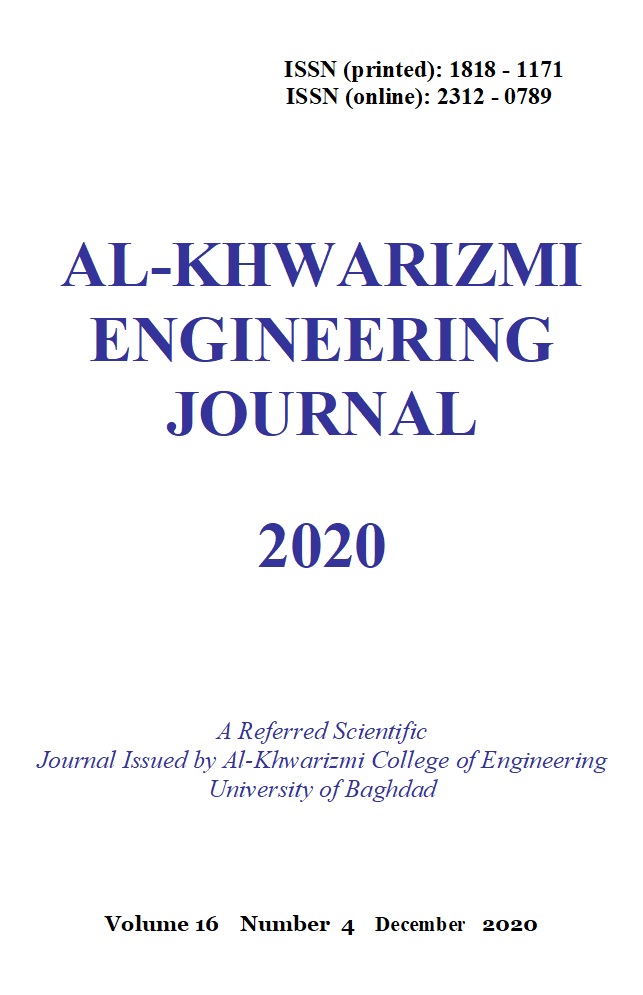Remote Patient Healthcare surveillance system based real-time vital signs
DOI:
https://doi.org/10.22153/kej.2020.10.003Abstract
Today many people suffering from health problems like dysfunction in lungs and cardiac. These problems often require surveillance and follow up to save a patient's health, besides control diseases before progression. For that, this work has been proposed to design and developed a remote patient surveillance system, which deals with 4 medical signs (temperature, SPO2, heart rate, and Electrocardiogram ECG. An adaptive filter has been used to remove any noise from the signal, also, a simple and fast search algorithm has been designed to find the features of ECG signal such as Q,R,S, and T waves. The system performs analysis for medical signs that are used to detected abnormal values. Besides, it sends data to the Base-Station with a data block (ECG signals) that contains the problem. In addition, it generates an alarm to the physicians via ringing up mobile and SMS to overcome the internet disconnected. Also, the system has been designed to achieve precision, low cost, and low energy consumption. Three types of sensors has been used in this work, ECG, SPo2, and temperature sensors. Also, a sim800L GSM module has been used for communications, the main controller in this work is ESP32 unit.
Downloads
Downloads
Published
Issue
Section
License
Copyright: Open Access authors retain the copyrights of their papers, and all open access articles are distributed under the terms of the Creative Commons Attribution License, which permits unrestricted use, distribution, and reproduction in any medium, provided that the original work is properly cited. The use of general descriptive names, trade names, trademarks, and so forth in this publication, even if not specifically identified, does not imply that these names are not protected by the relevant laws and regulations. While the advice and information in this journal are believed to be true and accurate on the date of its going to press, neither the authors, the editors, nor the publisher can accept any legal responsibility for any errors or omissions that may be made. The publisher makes no warranty, express or implied, with respect to the material contained herein.
















